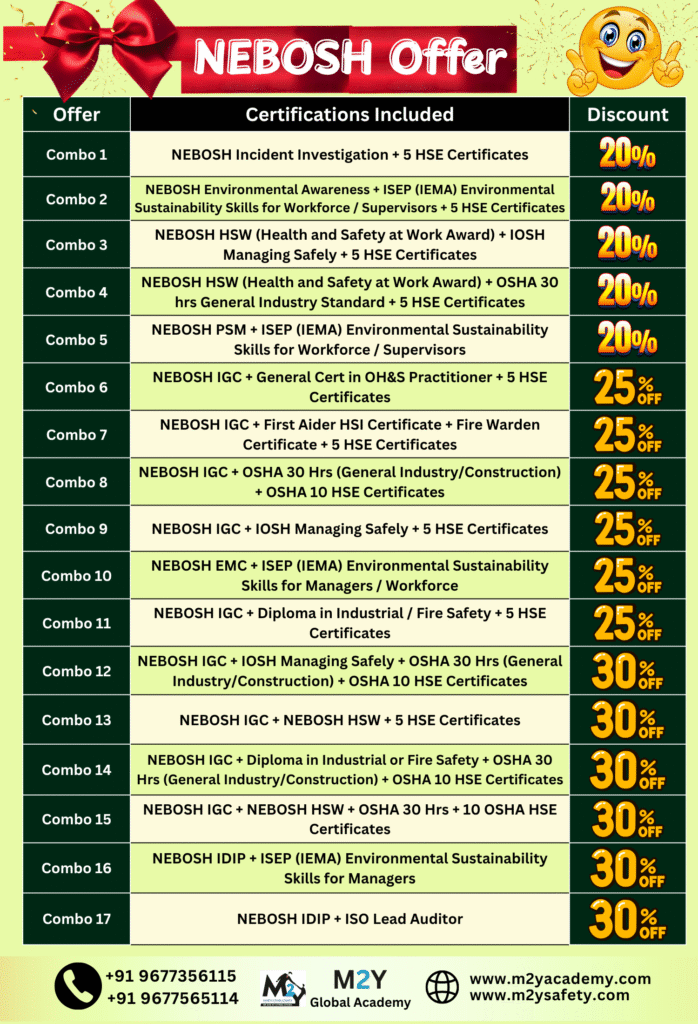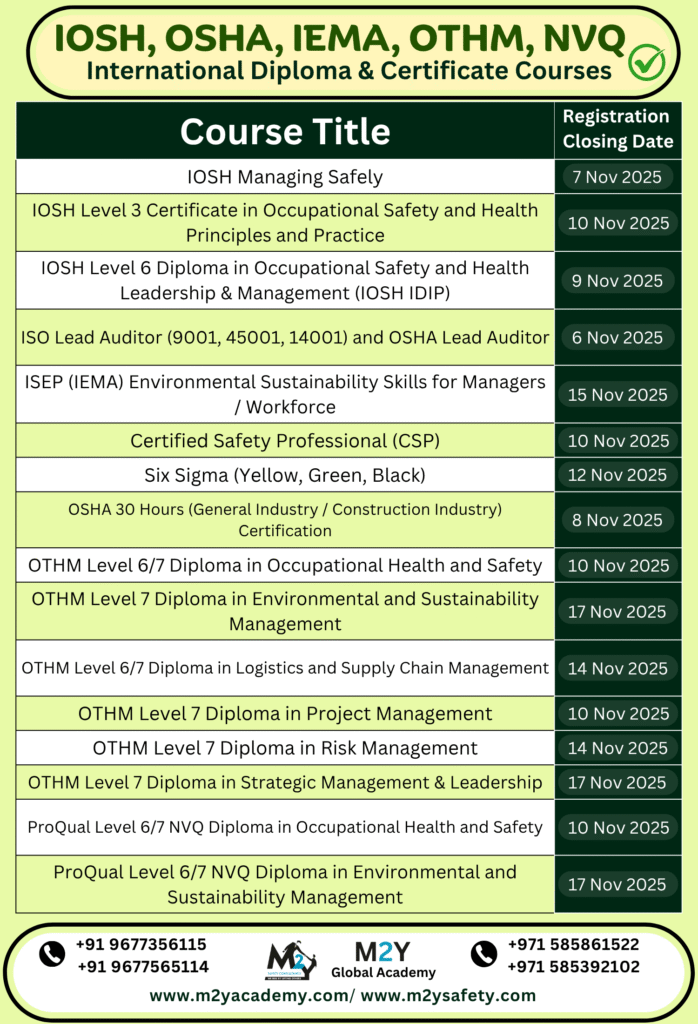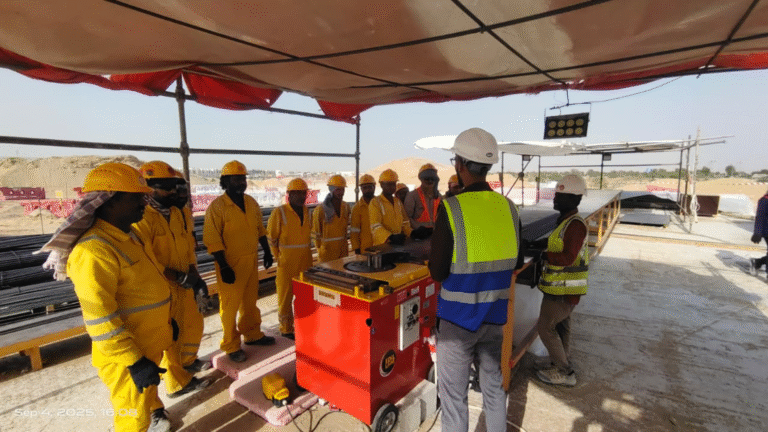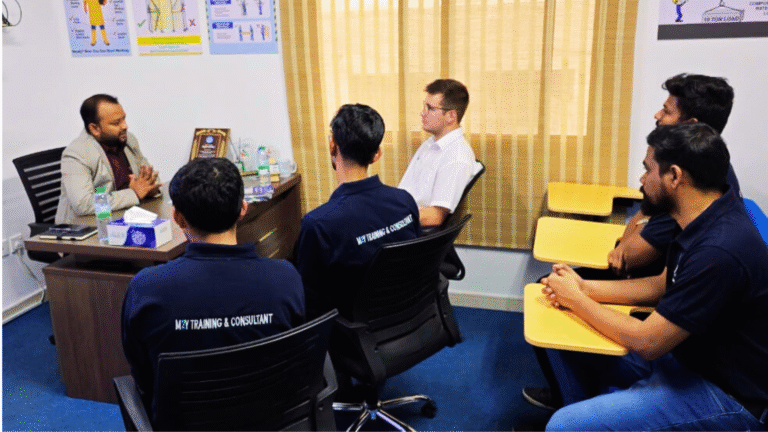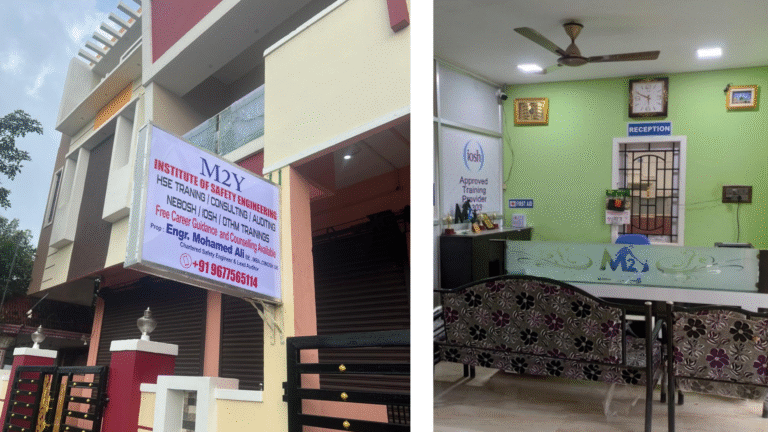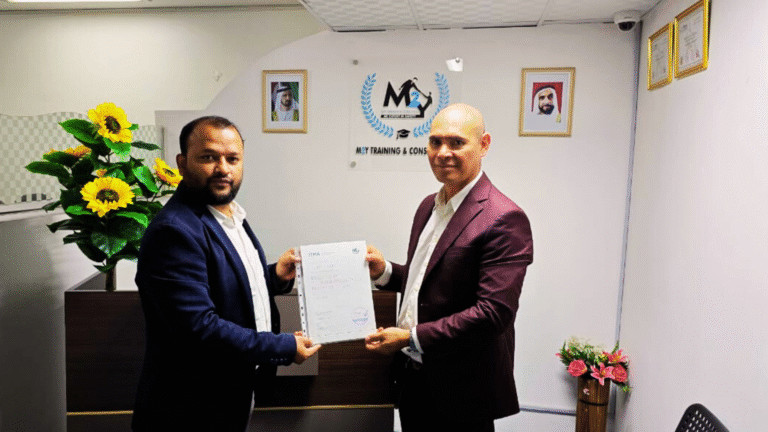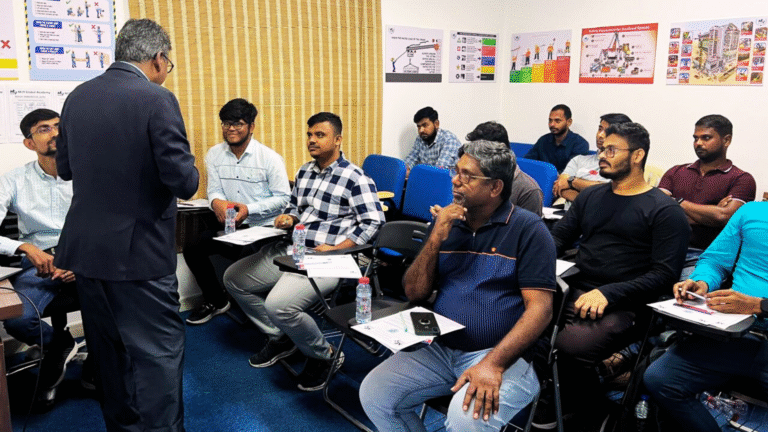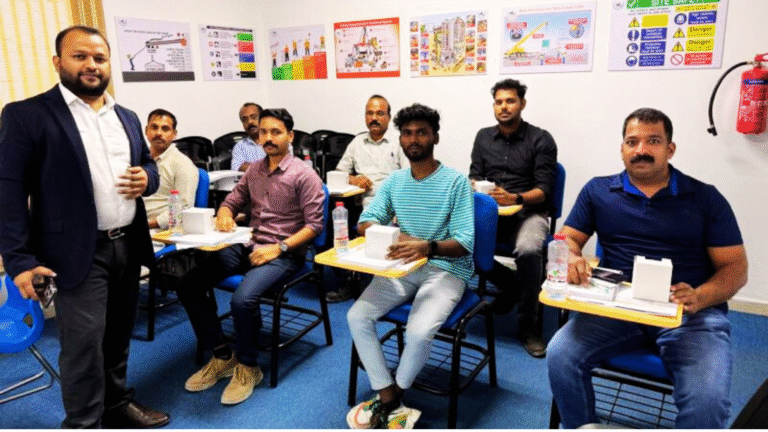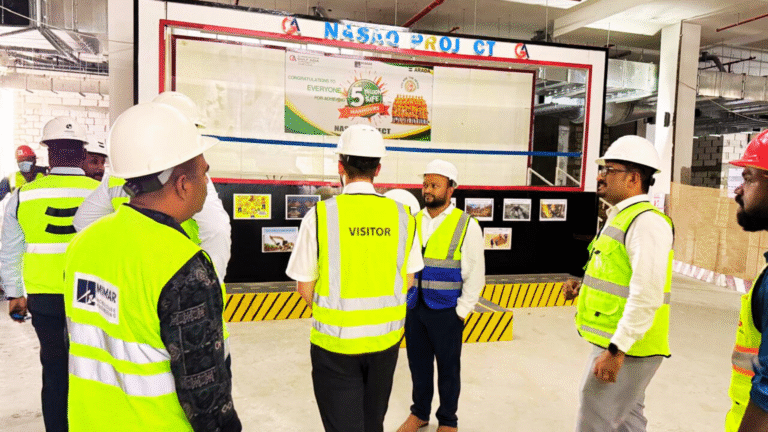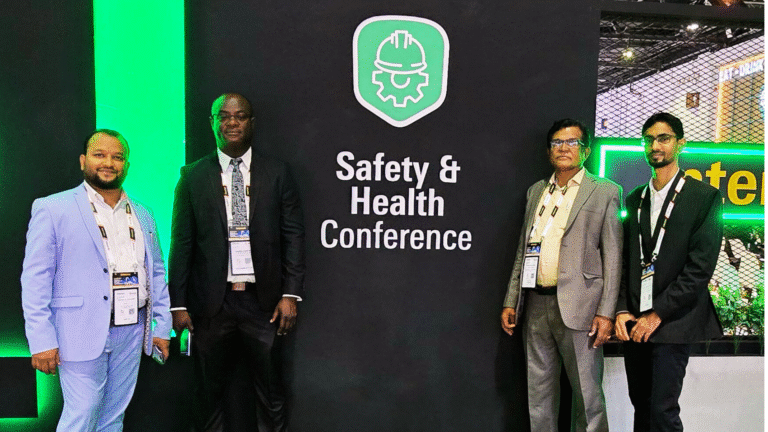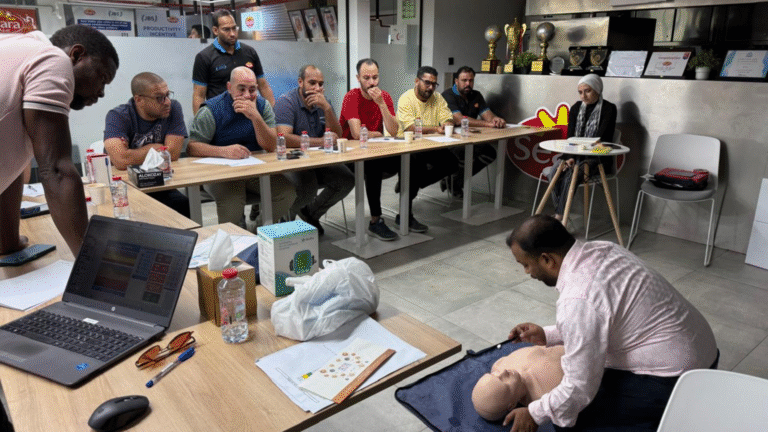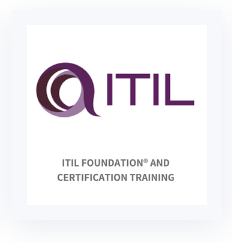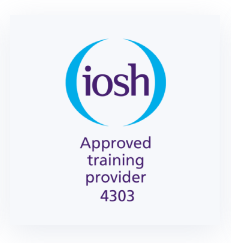Activity Hazard Analysis (AHA)
Activity Hazard Analysis (AHA) is an essential component of workplace safety, designed to systematically evaluate tasks, identify potential hazards, and implement necessary controls to prevent accidents. This proactive approach is crucial for minimizing risks, ensuring compliance, and protecting workers in industries such as construction, manufacturing, and others involving hazardous operations.
What is Activity Hazard Analysis (AHA)?
Activity Hazard Analysis (AHA) is a step-by-step process used to analyze job tasks to detect potential hazards and determine the best methods for control or elimination. By breaking down each task into its components, AHAs help in reducing the likelihood of injuries or accidents on the job.
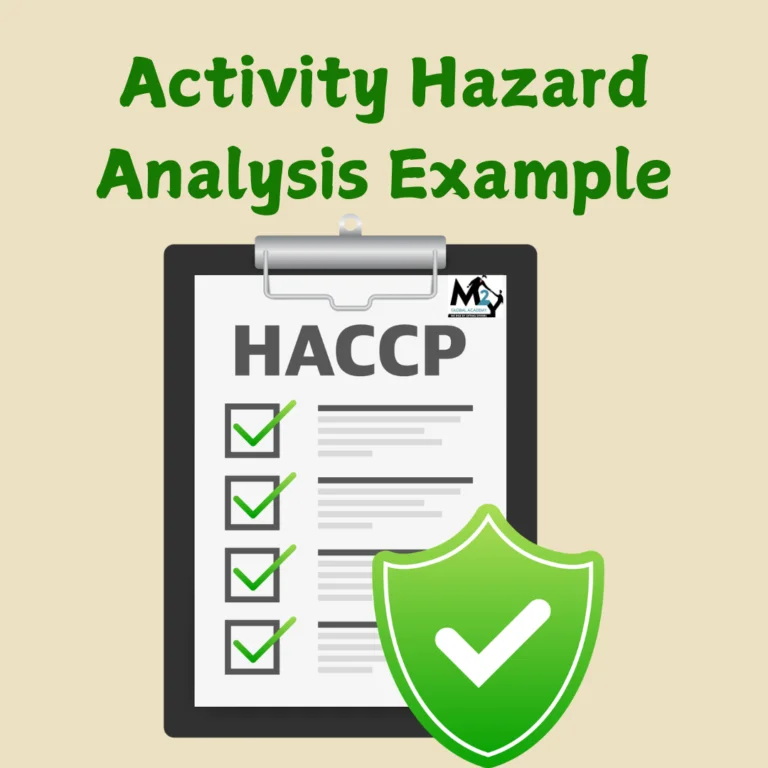
Steps Involved in Conducting an AHA
- Task Breakdown The first step is to break the job into manageable tasks. Each task is analyzed individually to identify potential hazards. Tasks should be clearly defined so that each one can be thoroughly examined.
- Hazard Identification Once tasks are broken down, the next step is to identify all the hazards associated with each task. This includes physical hazards (such as working at heights or with heavy machinery), chemical hazards (like exposure to toxic substances), and environmental risks.
- Risk Assessment After identifying the hazards, evaluate the level of risk associated with each hazard. Consider factors such as the likelihood of the hazard causing harm, the severity of potential injury, and the number of people exposed.
- Control Measures Implement control measures to either eliminate the hazard or reduce the risk to an acceptable level. Control methods are ranked based on the Hierarchy of Controls:
- Elimination: Completely remove the hazard.
- Substitution: Replace a hazardous material or process with a safer alternative.
- Engineering Controls: Isolate workers from the hazard.
- Administrative Controls: Change the way people work.
- Personal Protective Equipment (PPE): Provide workers with equipment to protect against the hazard.
- Documentation and Communication Document the results of the AHA in a clear format, outlining the tasks, associated hazards, and control measures. It’s vital to communicate the findings and ensure that all team members understand the safety protocols before beginning the work.
Why is AHA Important?
- Proactive Risk Management AHA allows companies to anticipate potential problems before they occur, ensuring that control measures are in place ahead of time.
- Regulatory Compliance Many regulatory bodies, such as OSHA, require an AHA for specific tasks or industries. Having a well-documented AHA helps ensure compliance and avoid legal repercussions.
- Enhances Worker Safety By systematically identifying and addressing hazards, an AHA fosters a safer work environment, reducing the likelihood of accidents, injuries, and fatalities.
- Efficiency in Operations An AHA streamlines the task workflow by clearly defining job steps and required safety measures, improving both safety and productivity.
Activity Hazard Analysis Example:
Task: Ladder Usage for Accessing Elevated Areas
Location: Construction Site
Prepared by: [Name]
Date: [Date]
Step 1: Task Description
Using a ladder to access elevated areas, conduct inspections, or perform installations. This task may require handling tools or equipment while on the ladder.
Step 2: Hazard Identification and Risk Assessment
Task Step | Hazards | Risk Level | Control Measures |
Selecting a ladder | Ladder could be damaged, leading to collapse | High | Inspect ladder before each use; ensure it’s the correct type and height for the task. |
Setting up the ladder | Slips, unstable ground, fall from height | High | Set up ladder on firm, level ground; secure ladder at top or use a spotter; maintain 4:1 angle. |
Ascending/descending ladder | Loss of balance, improper use | Medium | Use three-point contact (two hands, one foot); avoid carrying tools in hand; use tool belt if needed. |
Working from ladder | Overreaching, losing balance, dropping objects | High | Keep center of body within ladder side rails; secure tools; limit time on ladder to reduce fatigue risk. |
Step 3: Personal Protective Equipment (PPE)
- Hard Hat – Protects from falling objects.
- Non-slip Footwear – Provides better grip on ladder rungs.
- Gloves (if necessary) – Ensure grip without sacrificing dexterity.
Step 4: Emergency Procedures
- In the Event of a Fall: Call site emergency services immediately. Follow first aid protocols and secure the area to prevent further incidents.
- For Equipment Malfunction: Stop work immediately, report issue to supervisor, and replace faulty equipment before resuming work.
Step 5: Communication and Training
- Train employees on ladder safety and safe climbing techniques.
- Review AHA with all team members before beginning the task.
- Ensure clear communication on-site regarding ladder usage.
This is a basic framework for an AHA that can be modified for various tasks and hazards.
Who Should Conduct an AHA?
AHA should be conducted by individuals knowledgeable in both the task and safety procedures. This may include:
- Safety officers
- Project supervisors
- Experienced workers familiar with the task
- Safety consultants
When Should an AHA Be Performed?
- Before any new task or project
- When tasks involve high-risk activities
- After an incident or near-miss to prevent recurrence
- When there are changes in equipment, personnel, or processes
Conclusion
Activity Hazard Analysis is a critical tool for ensuring workplace safety, reducing risks, and promoting a culture of safety awareness. By identifying hazards before they become accidents, businesses can protect their workers, maintain compliance, and improve efficiency. Implementing a strong AHA program is an investment in the health and safety of the workforce.


